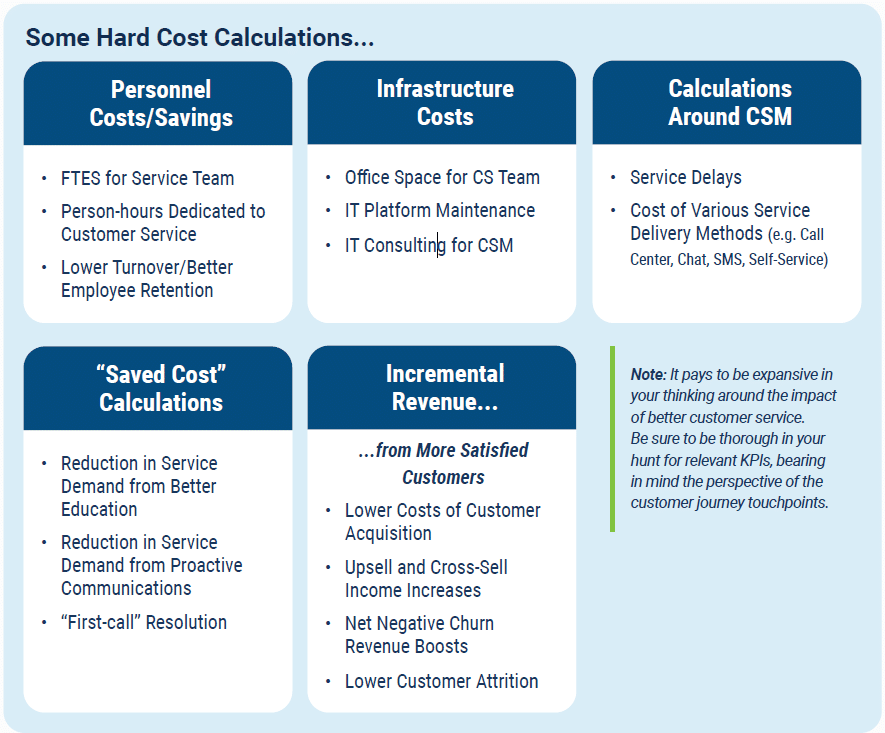Maximizing Returns – Quantifying the ROI of Superior Customer Service
Introduction
Welcome back to our ten-part series on customer service transformation and the insights gained from the Vivantio eBook, The Complete Guide to Customer Service Transformation. After a detailed review of Service Optimization in the previous post, part three shifts our focus towards understanding the tangible return on investment (ROI) of improved customer service.
Businesses investing time, money, and resources into customer service transformation should have a clear understanding of the potential return on investment (ROI). Fortunately, there is plenty of data demonstrating the value of investing in customer experience (CX).
Customer Service ROI
Studies suggest that the probability of selling to an existing happy customer is up to 14 times higher than to a new customer. Moreover, according to Harvard Business Review, customers with the best past experiences spend 140% more than those who had the poorest past experiences. This data illustrates the profound impact that superior customer service can have on sales and customer retention.

Reducing Customer Churn
In B2B companies where customer churn is significant, prioritizing service can yield noteworthy gains. Companies in the SaaS and telecommunications sectors have prioritized service over sales with the goal of achieving a phenomenon known as “Net Negative Churn.”
“Even a 5% negative net churn rate could increase a SaaS provider’s monthly recurring revenue (MRR) for an average customer by 73%”
– Venture capitalist and business author Tomasz Tunguz
Mapping the Customer Journey
A holistic approach to evaluating the benefits of customer service optimization involves viewing the customer journey, not just individual touchpoints. A Customer Journey Map is a valuable tool that visualizes the customer-brand interaction from the customer’s perspective, outlining the stages customers go through, from buying products online to accessing customer service on the phone or airing grievances on social media.

Identifying and tracking key performance indicators (KPIs) along this journey allows measurement of improved customer service’s impact. Tying metrics like customer satisfaction to as many upstream influences as possible enables identification of areas for improvement and investment. Remember, to track improvements, you need to establish baseline metrics for these indicators.
Measuring the Monetary Value
Some hard cost calculations to consider when assessing customer service ROI:
- Personnel costs/savings, e.g., Full-Time Equivalents (FTEs) for the Service Team
- Infrastructure costs, e.g., Office Space, IT platform maintenance
- Calculations around Customer Service Management (CSM), e.g., Service Delays
- “Saved Cost” Calculations, e.g., Reduction in Service Demand from Better Education or Proactive Communications
- Incremental Revenue from More Satisfied Customers, e.g., Lower Costs of Customer Acquisition, Upsell and Cross-Sell Income Increases, Net Negative Churn Revenue Boosts

Keep in mind that benefits of optimized service also include softer, less quantifiable elements such as greater customer confidence, better employee morale, and the creation of user ambassadors who become an extension of your service team.
Some examples of measurable results gained from service optimization activities…
- 70% Reduction in Call Volume: One of the world’s largest privately held staffing companies reaps dramatic savings after their service management optimization implementation.
- 5x Increase in Capacity: Without an increase in staffing, the customer service group of a 4,000-employee auto retailer grew from handling 50 tickets per day to 250 per day with no additional staff.
While transforming your organization’s customer service may require significant work, the potential ROI makes it a worthwhile pursuit. The examples cited above emphasize the substantial gains that can be realized from better customer service.
In Summary
As we wrap up the third installment in our series on customer service transformation, it’s clear that the ROI of superior customer service extends beyond mere numbers and percentages. The act of investing in customer experience not only enhances the financial health of a business, but it also strengthens relationships with customers, boosts morale among employees, and ultimately fosters a virtuous cycle of continual improvement. By exploring various facets of ROI – from increased sales to reduced customer churn, from meticulous mapping of customer journeys to careful cost-benefit analyses – we gain a richer understanding of the true value that customer service transformation can deliver.
Despite the challenges involved, the rewards are unmistakable, spanning increased customer loyalty, revenue growth, and a solid competitive edge. In our next post, we’ll discuss engaging your leaders and sparking teams to embrace this vision for change. Until then, take a moment to reflect on how superior customer service can reshape your business’s narrative for the better.
Additional Resources:








